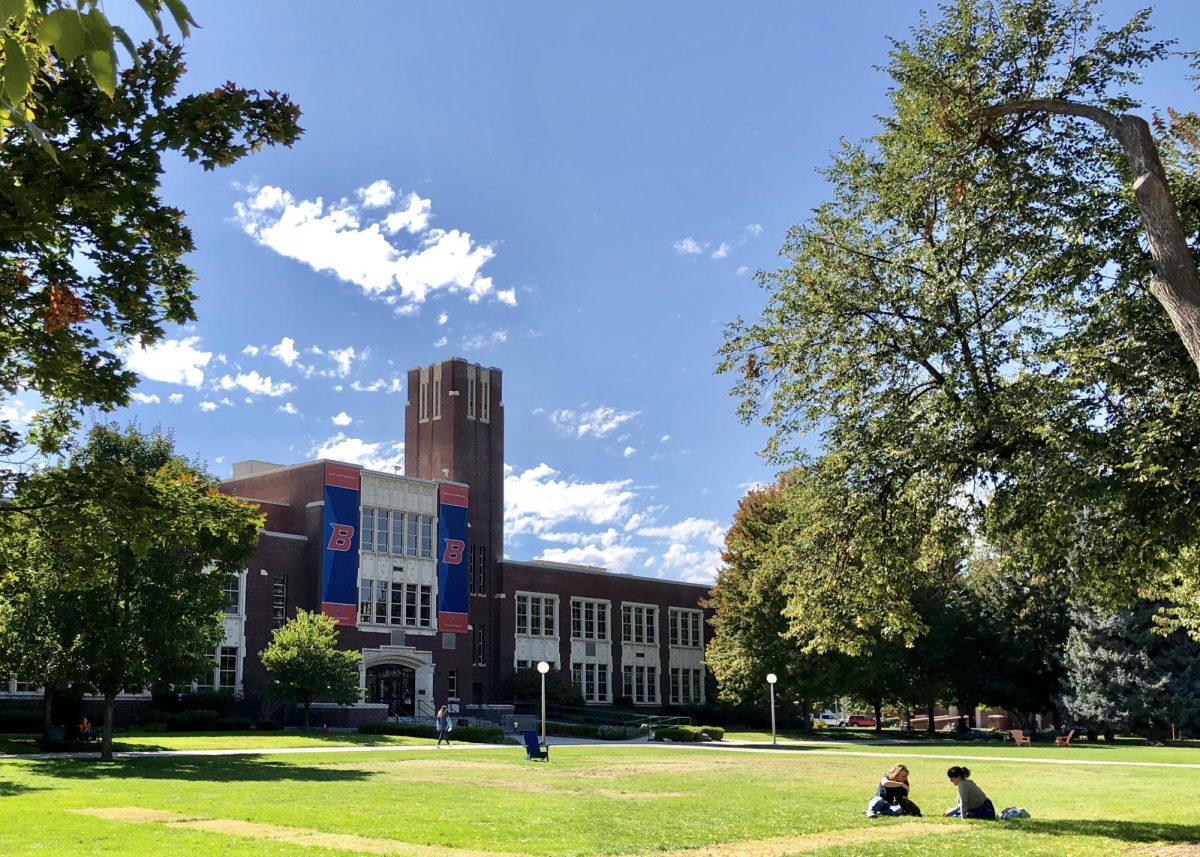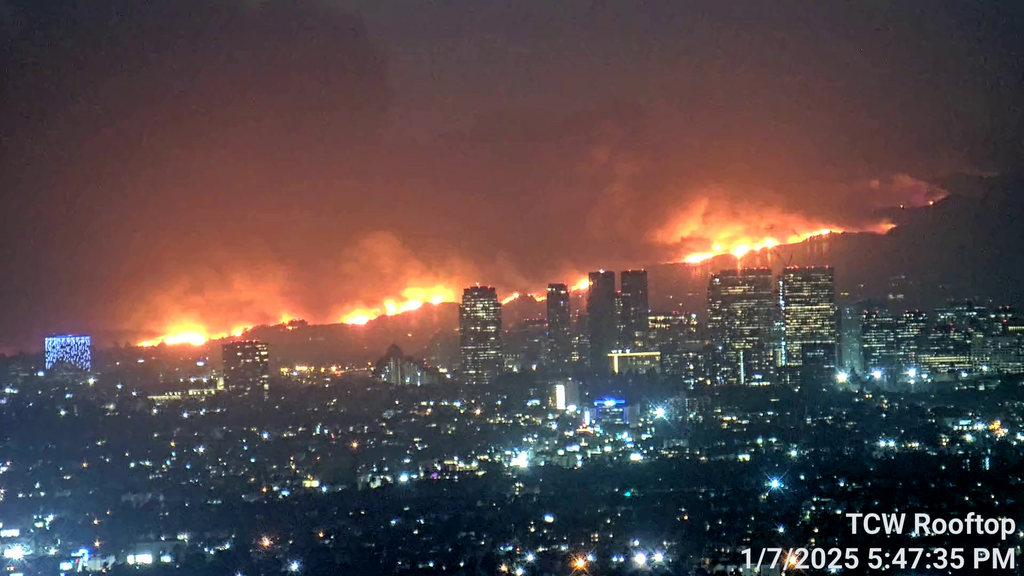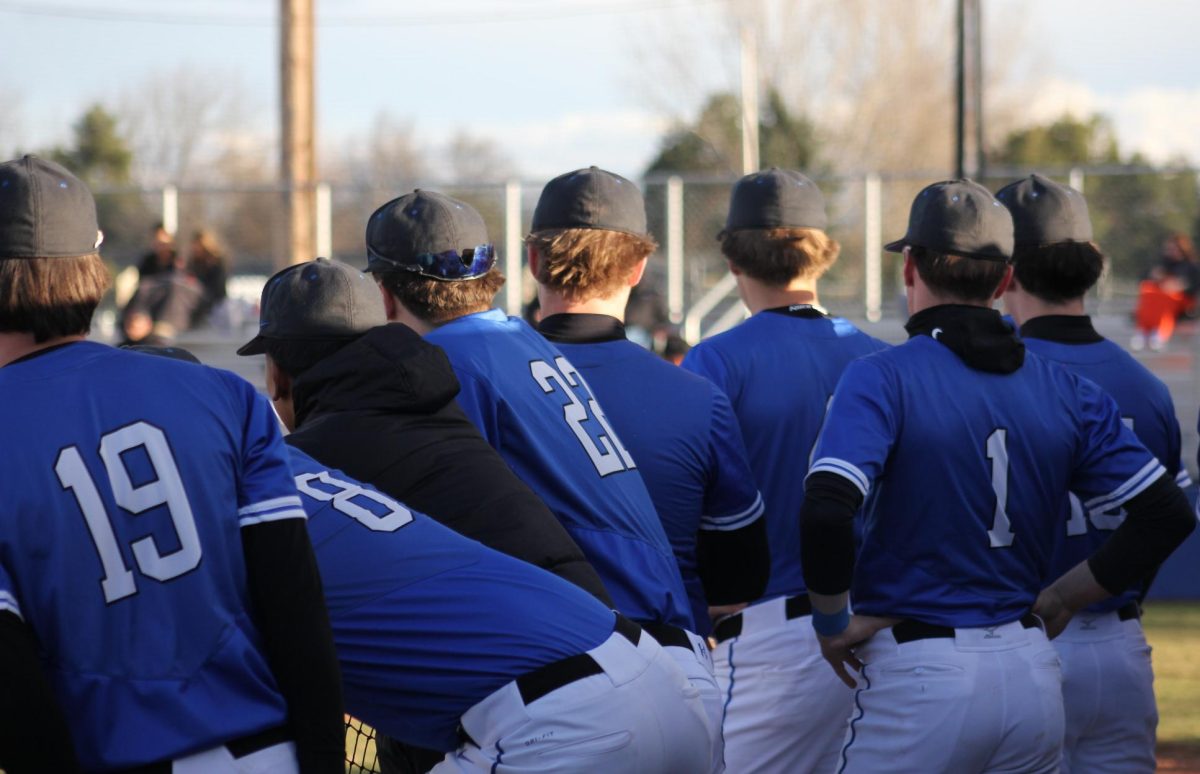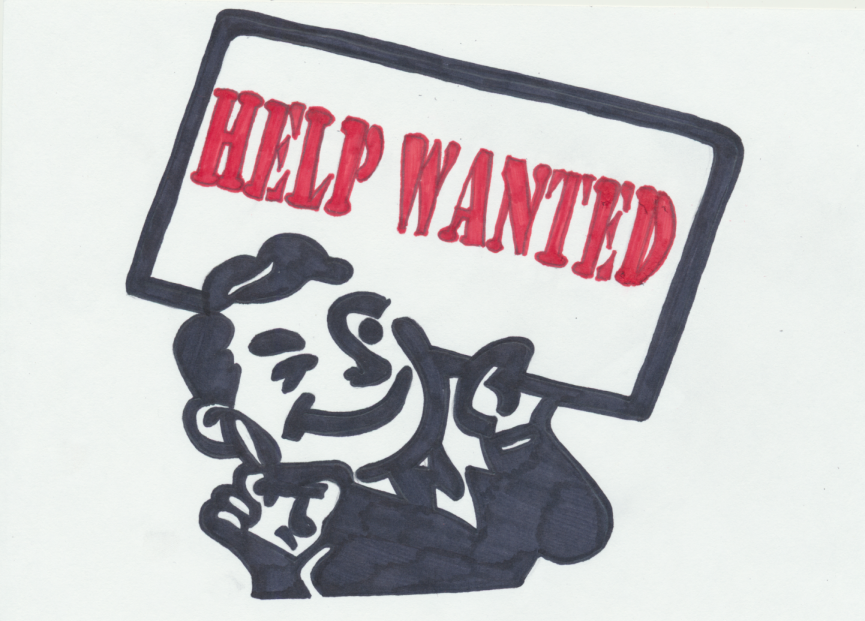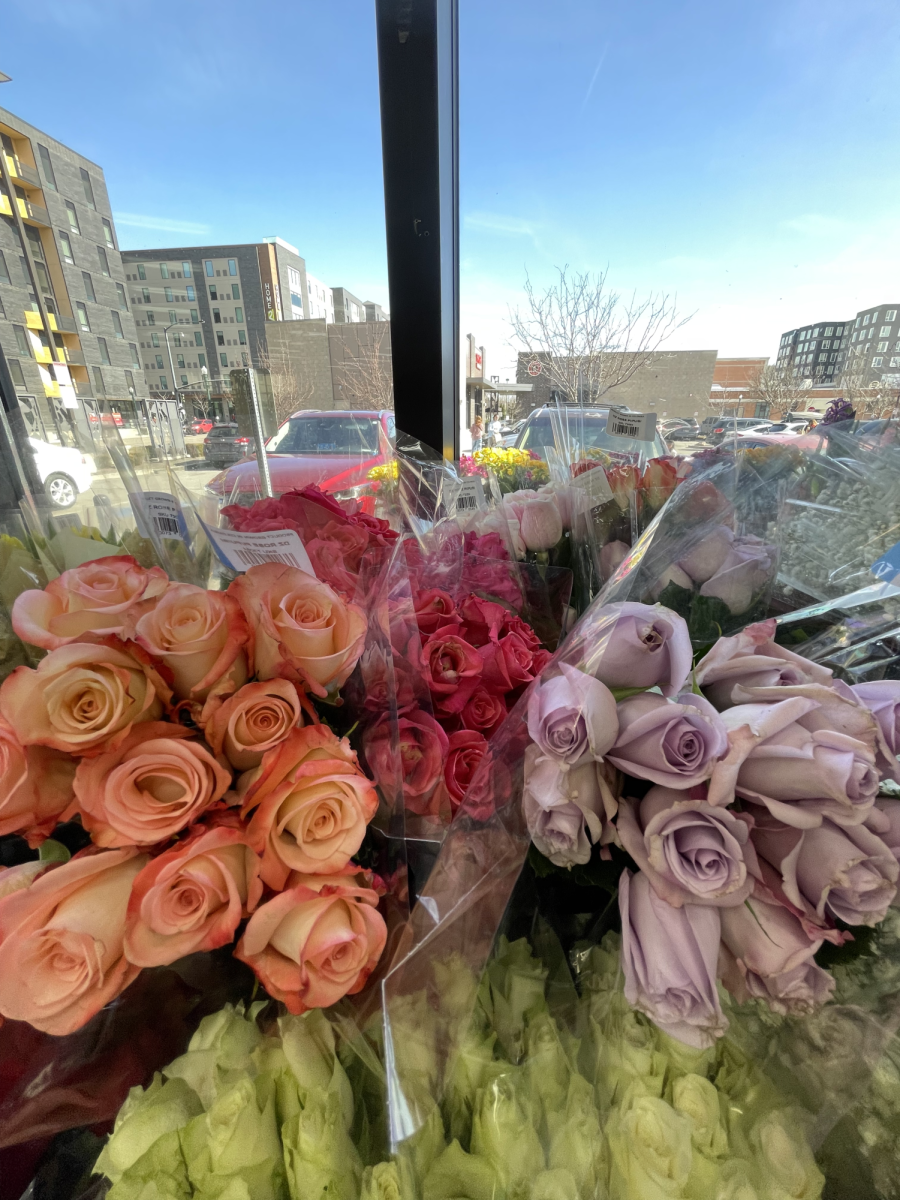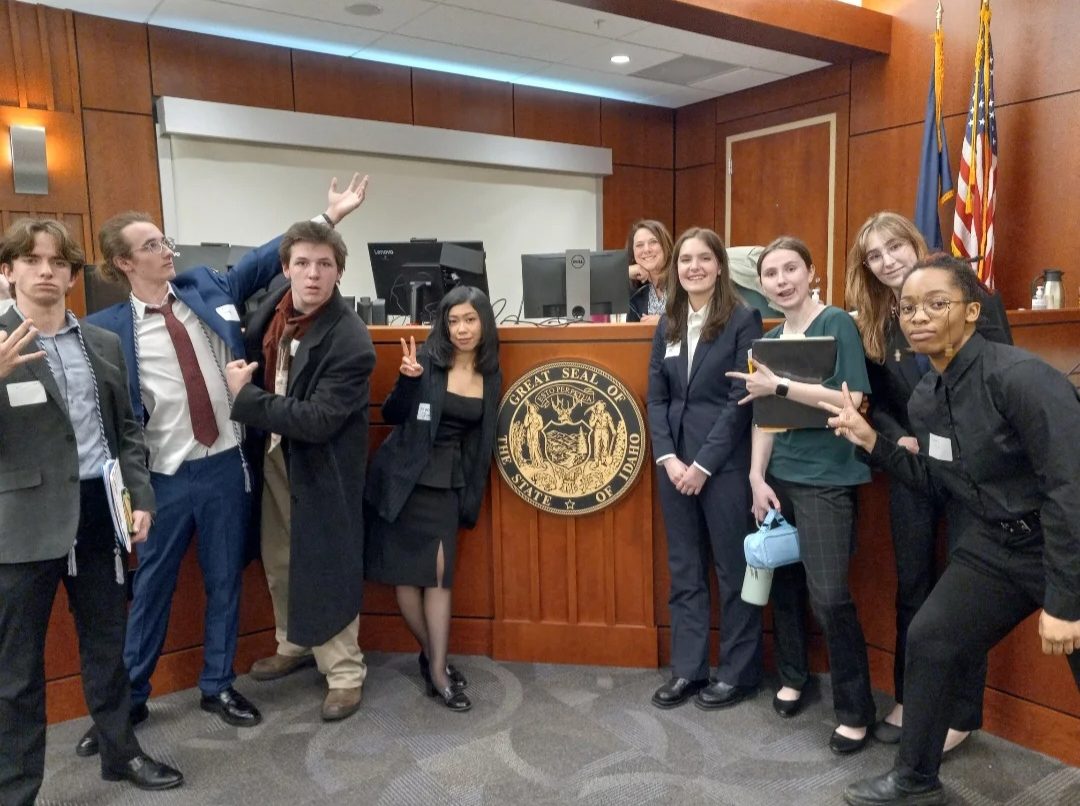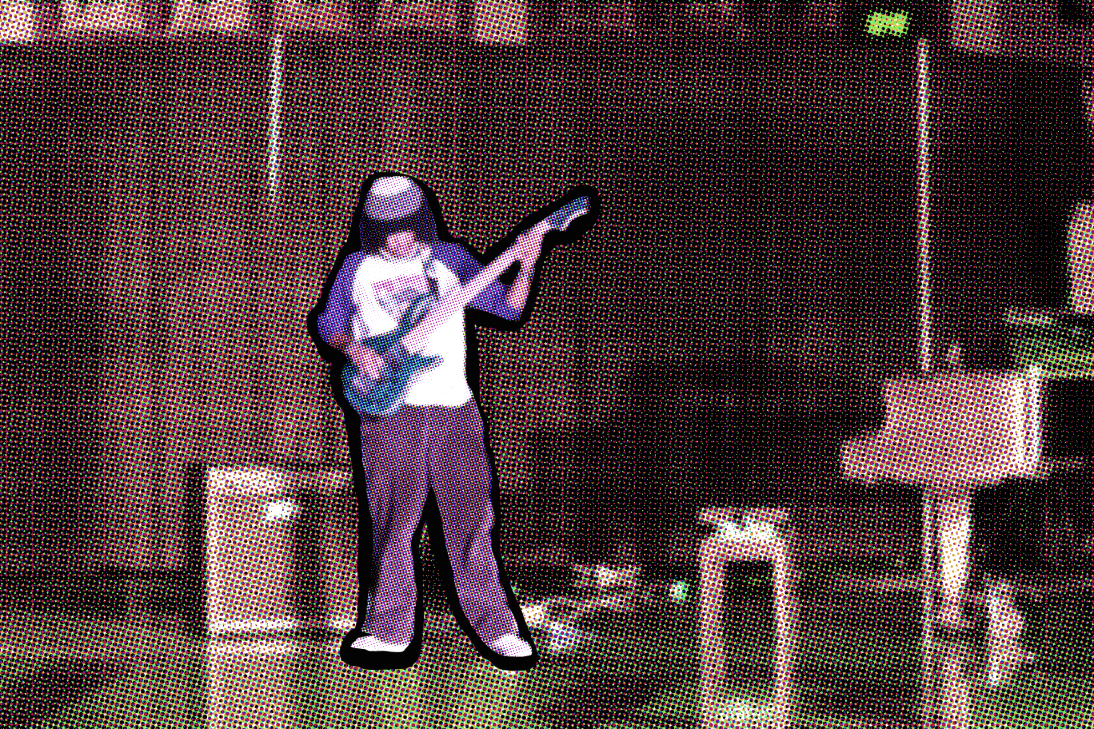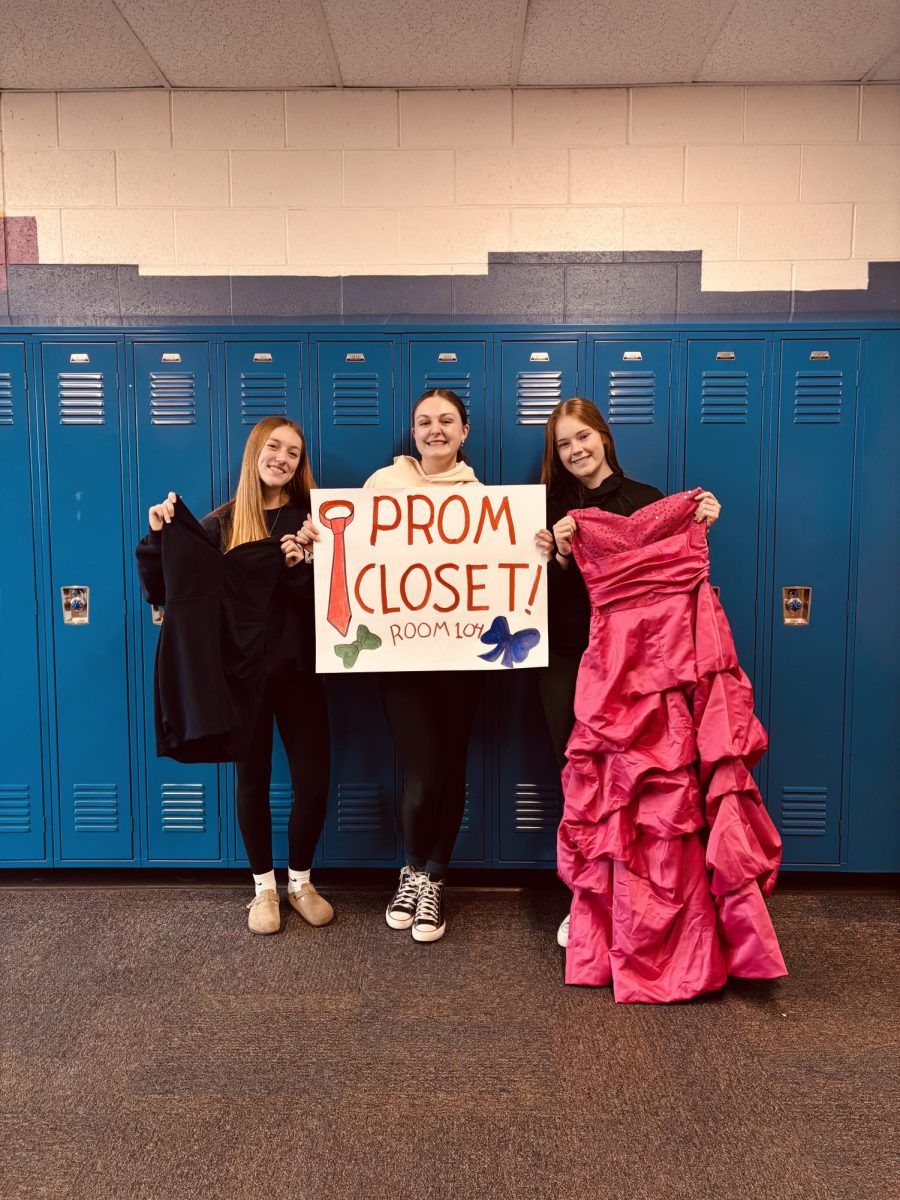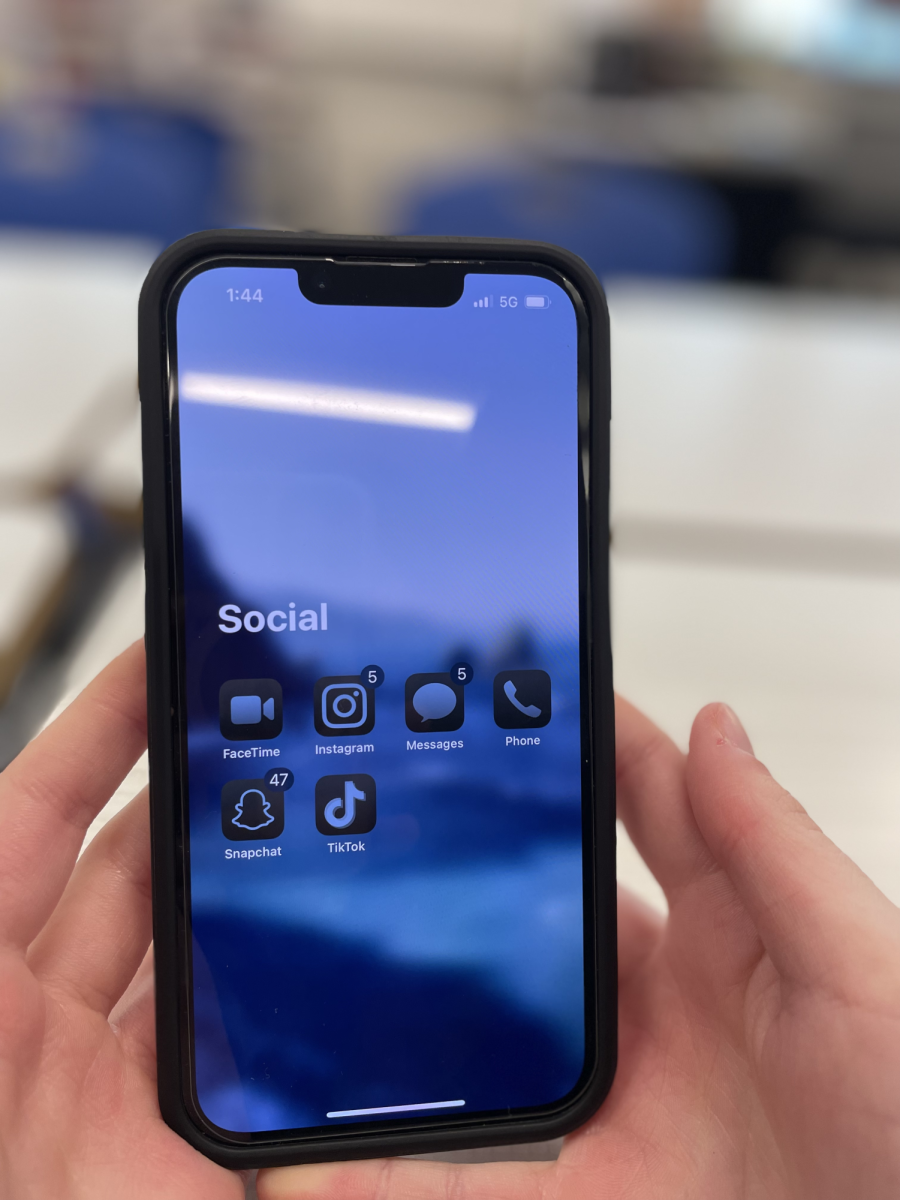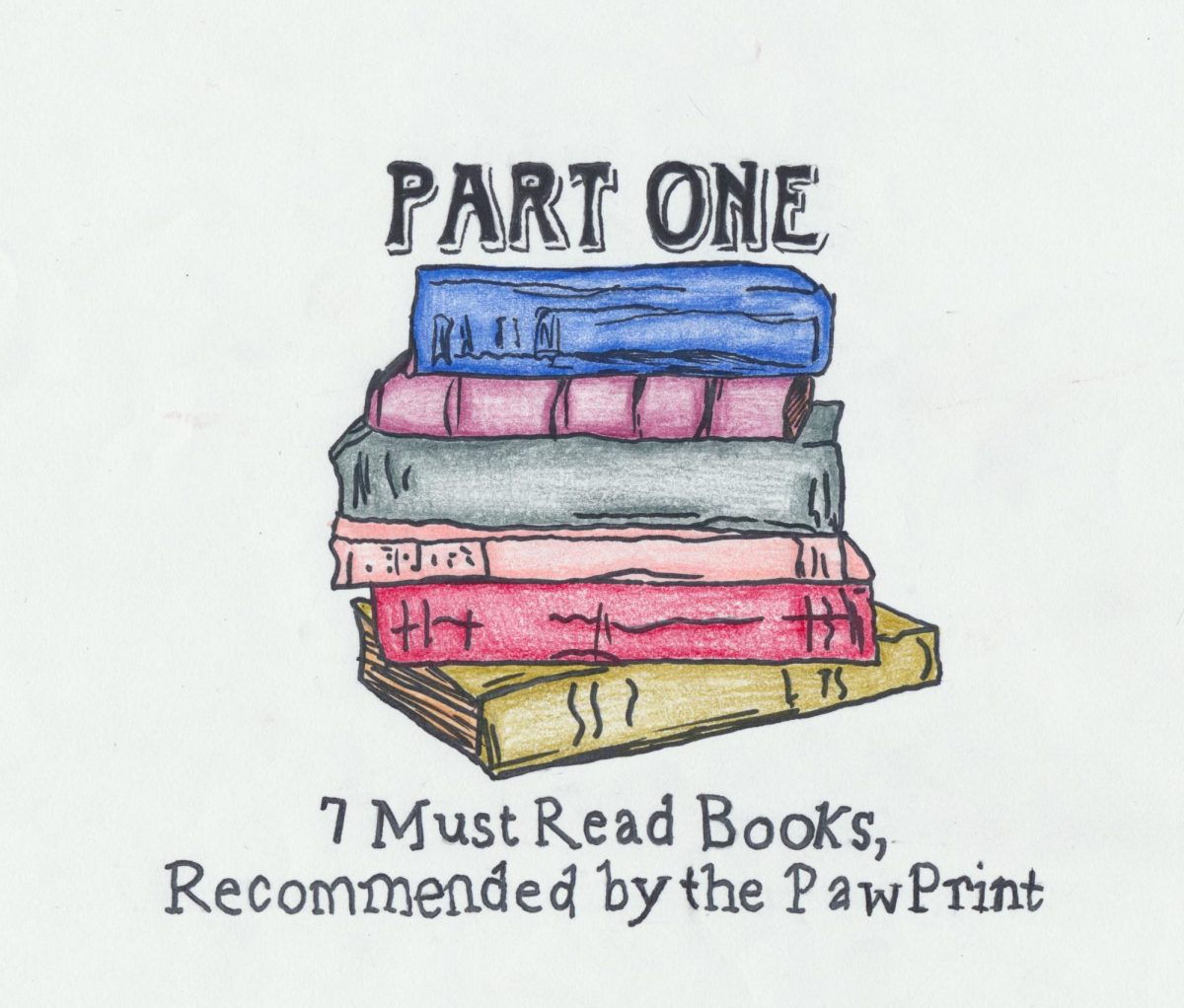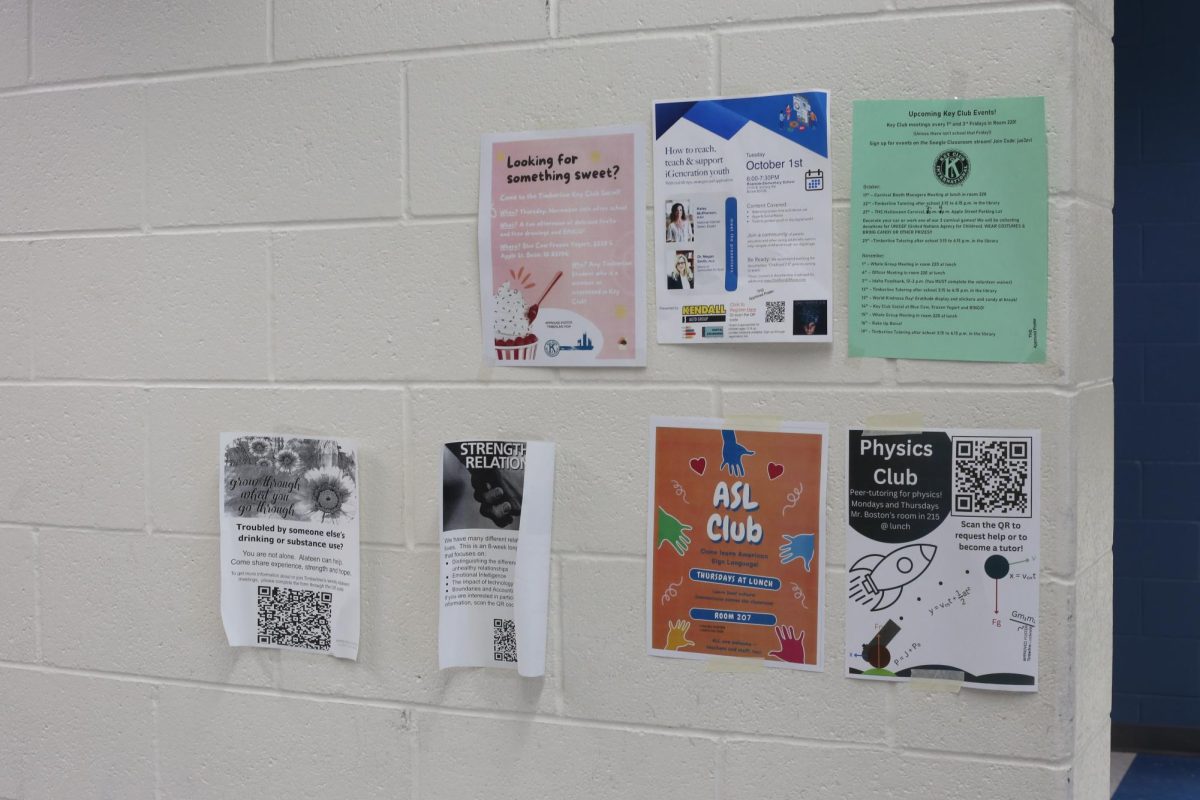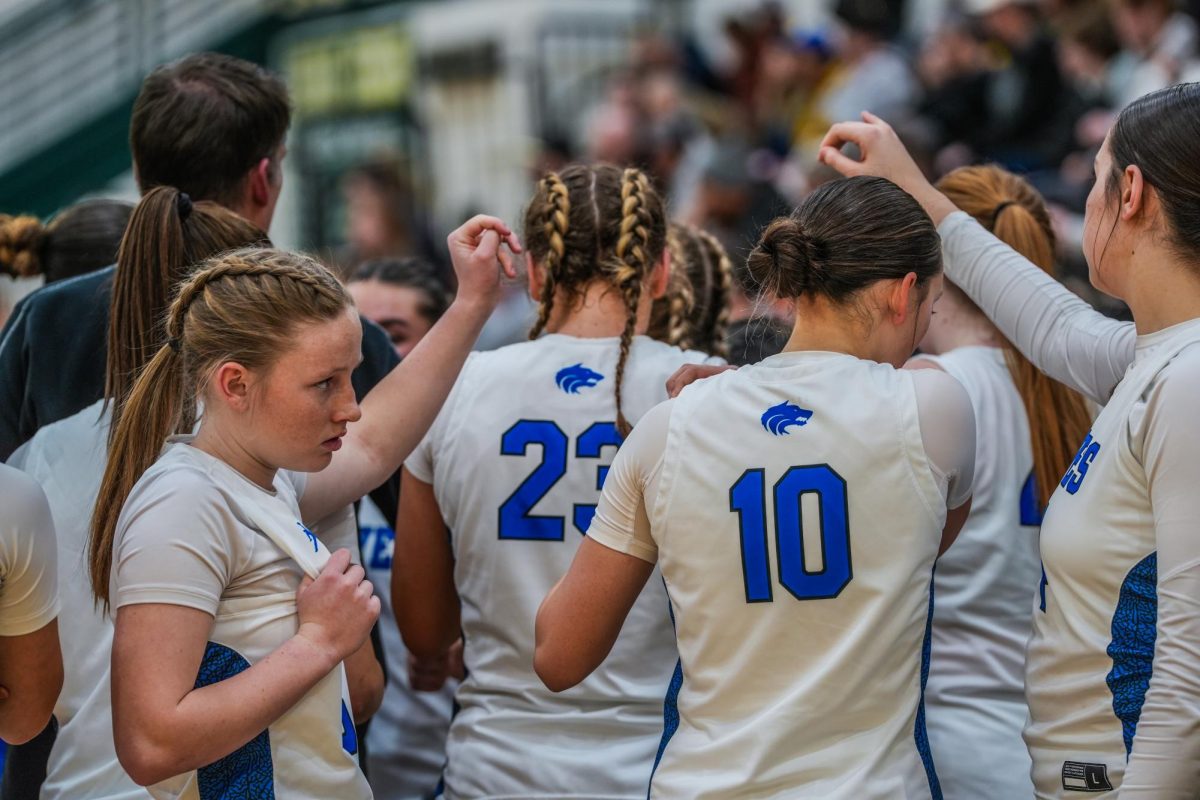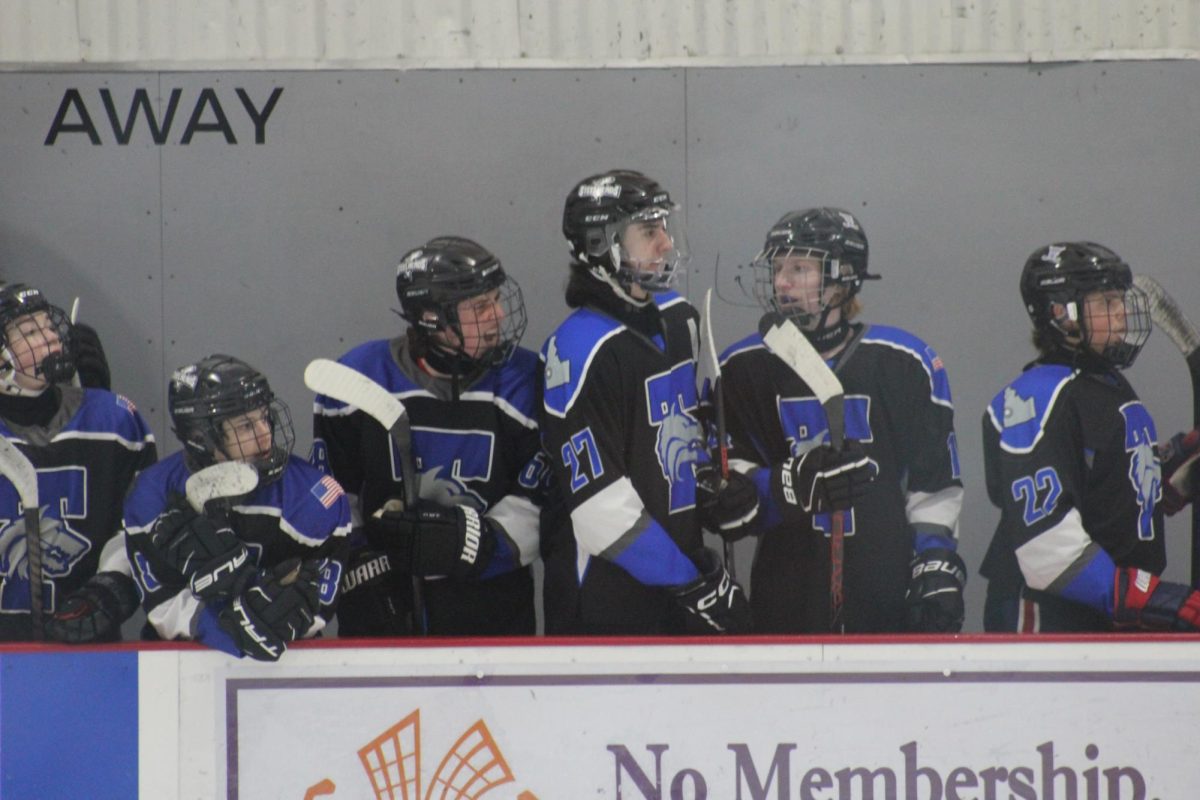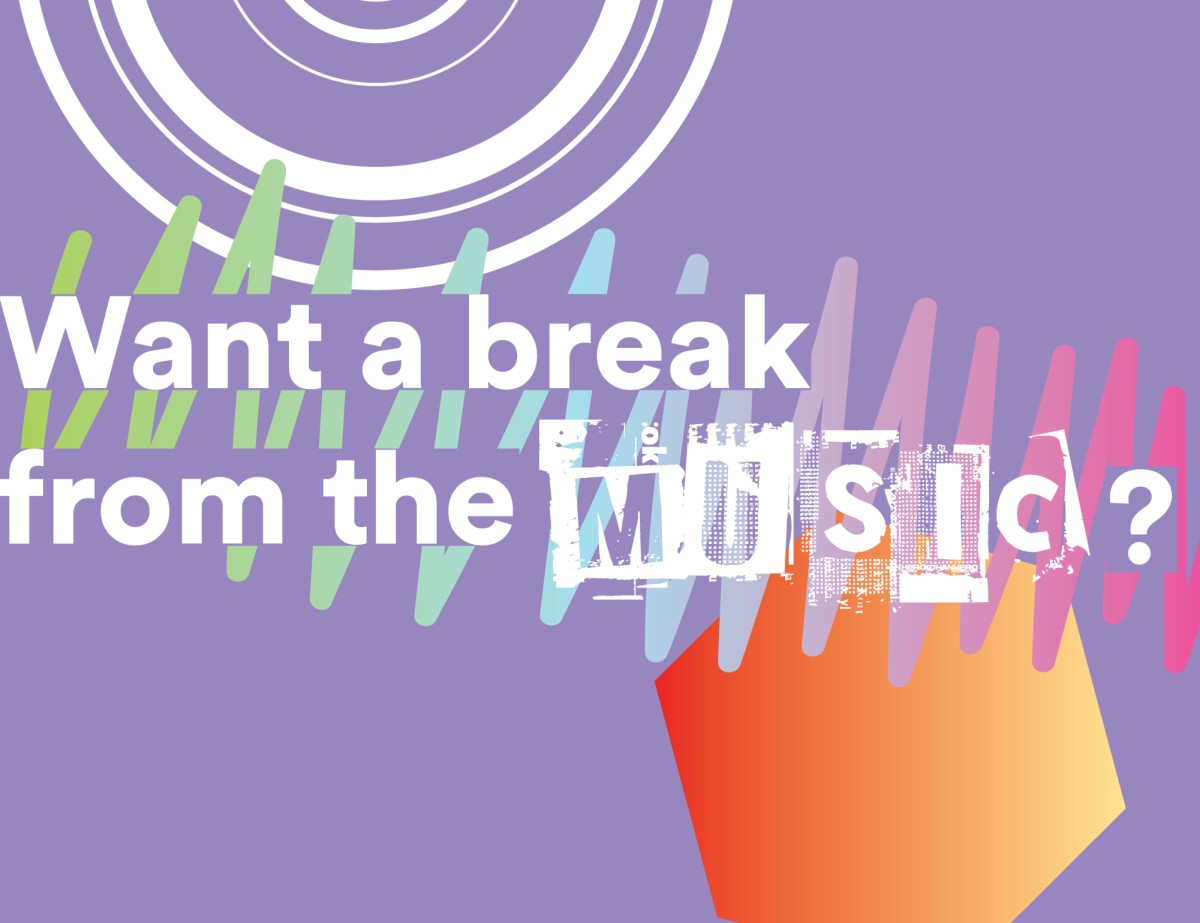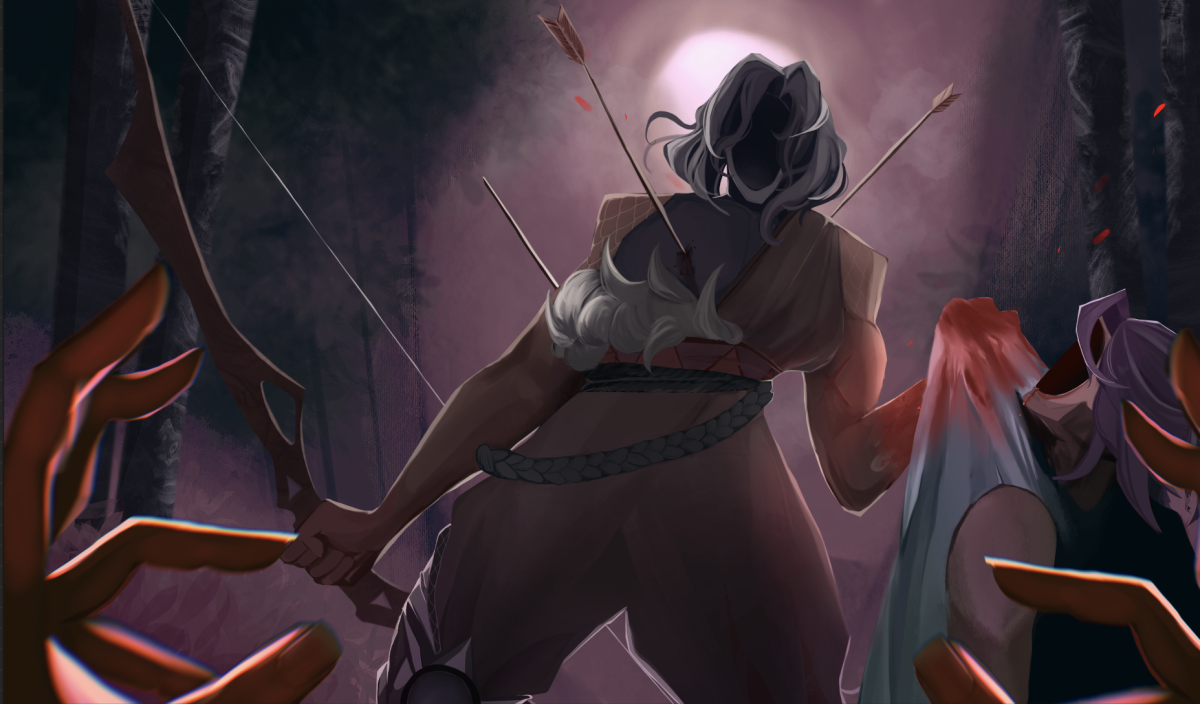Are social media influencers creating a resurgence of the gilded age?
October 18, 2022
The gilded age was a turbulent time in American history, with business booming but workers rights becoming close to none. But now from family vlogger scandals, to the repeatedly said feeling of burnout due to unfair algorithms or even the impact of platforms silencing people of color, the issues we’re seeing in today’s new aged media are reminiscent of some from the Gilded Age. While not as extreme as the hardships faced in the Gilded Age, this entrepreneurship does introduce a never before seen set of issues that are definitely reminiscent of the monopolizer and poorly treated worker relationship that the Gilded age made us all too familiar with.
A sad part about these toxic relationships between employer and employee is that the many of the workers involved were children. They were treated poorly and forced to work in unsafe establishments (see Harper’s weekly for more information) but with the rise of family vloggers we’re seeing a relapse in this aspect of history.
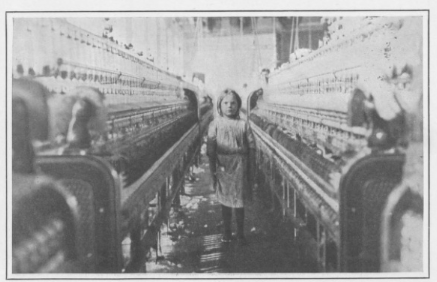
Family bloggers found a loophole where they can use their children to make content and profit off of them but without the consent of the children in question. They are put into the limelight at such a young age and more and more accounts of abuse and exploitation are coming out against these channels. In a 34th street article, writer Kira Wayne states, “Despite their children stating numerous times that they don’t want to be filmed and that the channel has subjected them to bullying at school, the Frankes continue to invade their children’s privacy for views—recording them without their consent in order to gain likes, subscribers, and money.” This kind of disregard for your own workers’ consent and safety alone is easily comparable to that of the gilded age but coupled with the fact that these are children forced out of their childhoods in order to make their families living is a direct parallel to the unregulated and morally questionable workplace of the gilded age.
Parallels keep on going when it comes to social media influencing and the issues of the gilded age workplace such as racism in society. In the era of the gilded age racism was an ever-growing issue with, according to a primary source (W.E.B Du Bois),“the problem of the Twentieth Century is the problem of the color line.” Racism still exists in modern day times with issues such as police brutality or asian hate campaigns. To say it does not is letting ignorance and disinformation cloud your judgment. With the wide reach of social media influencers, people who feed into harmful stereotypes getting views off of shock factor and algorithms blatantly ignoring people of color one can’t help but feel as if history is repeating itself. A Time article called these harmful algorithms out saying, “A number of creators who TIME spoke to say they have either experienced noticeable declines in viewership and engagement on their videos after posting content in support of the Black Lives Matter movement or noticed recent instances where they felt that Tik Tok’s community guidelines weren’t being fairly applied to Black creators.” This is a huge issue for people of color and anti-racism activists who make a living off of content creation seeing as less recognition in the apps algorithm means less views which in turn means less income is being made. This feels not only reminiscent of the social racism seen in the gilded age, based on the reaction from a portion of the public invalidating people of color’s voices, but also the racism many people of color faced in the American workplace in the 1800’s.
The algorithm of social media apps feed into a lot of unfair issues that we’ve definitely seen before such as rewarding overworking. During the gilded age, workers often worked crazy amounts of hours with an official notion of reforming workers rights (Knights of Labor Declaration). This includes the reform of the amount of hours workers were required to work being recognized and later implemented. Furthermore, with social media algorithms encouraging crazy amounts of hours we are seeing more and more creators coming out about feeling physically, mentally and creatively burnt out. The way platforms like Twitch and Youtube work is that the more you post the easier it is for your videos to get picked up in algorithms that put you on a page recommended to viewers, but these posts have to hit a minimum amount of time to even get recognized by algorithms. So what we’re seeing is lower quality products but higher quantities of content produced, which is very similar to the production line of the gilded age. In 2018, a youtuber who goes by the name Elle Mills
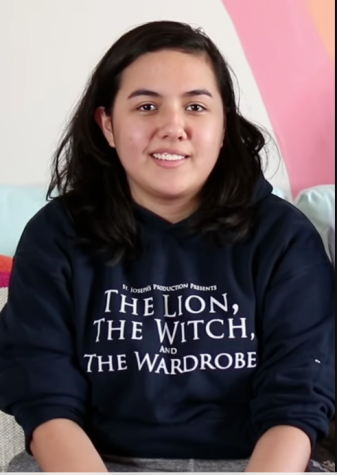
shared a very raw and emotional video titled “Burnt out at 19.” In the video she says content creation is,“not what I expected , I’m constantly alone, always unhealthily stressed and always feel this overwhelming pressure.” After Mills’ video, many other big names in content creation such as Phillip Defrankco and Dodie came out saying they were having the same feelings. With the type of algorithm set in place for these creators to grow it’s no wonder we’re hearing about mental breaking points from large creators/influencers on these platforms and the similarities to the overworking people of the Gilded Age shouldn’t go unnoticed.
The Gilded age was an unjust time for workers in America: with child labor, overworking and racism being blatantly present in that society. As for today’s society, while maybe not to the extent of the gilded age, we are definitely seeing a repetition of these themes. It could be the fact that these issues never went away but more likely it’s the fact that the internet as a workplace is unregulated. Obviously we have our rules and regulations set in place but since social media is used by so many people it’s hard to figure out when to apply said terms and when to count content creators as official workers. This creates loopholes for applications to pick and choose if and who to apply these rules for which creates unfair exploitation of the people who make them money similar if not a direct parallel to the gilded age.
